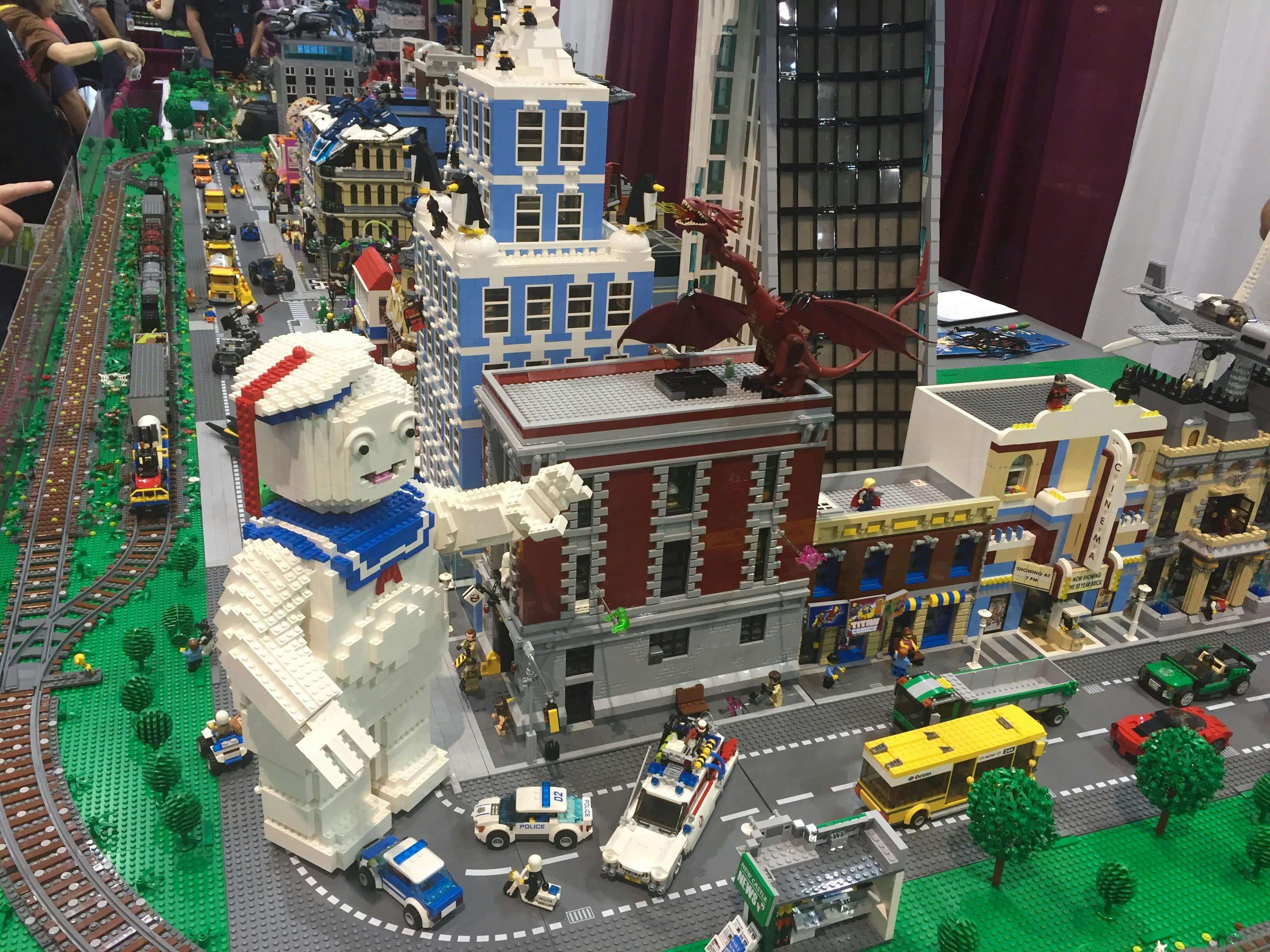
Legos are a classic toy that has inspired generations of kids and adults to design their own masterpieces. It's an iconic classic that has inspired generations of kids and adults to design their own masterpieces.
In 1947, Christiansen made a purchase that would change the direction of his business's the company's history. If you have any type of concerns concerning where and how you can utilize find the powerful lego building set, you can contact us at our own page. He bought a plastic injection molding machine, which allowed Christiansen to make plastic toys with greater variety and quantity.
Ole Kirk Christiansen
Ole Kirk Christiansen, a carpenter, was the person behind the creation of LEGO that was established in Billund, Denmark, in 1932. When the regular work of carpentry slowed out when the world was undergoing the Great Depression, he decided to make wooden toys out the wood scraps from his workshop. The first toys he created were miniature ironing boards and stepladders they sold under the Danish name "leg godt" (play well).
In 1942, the shop and its blueprints were destroyed by a massive fire. As a result of the responsibility he had for his workers, he built up.
After the war, the company was growing and, in 1946 Christiansen purchased a plastic molding machine. He had an idea for a block made of plastic as he experimented with his brand new machine. His son Godtfred used this idea to develop the modern interlocking brick. Its satisfying clicking coupling is now the foundation of the most sought-after construction toy. Christiansen died in 1958, just a few months before his invention revolutionized the world of toy manufacturing.
The first Lego set
The very first Lego set, the Town Plan was a set with streets that could be covered with Lego bricks. Godtfred saw in this the first step towards lively play, something He believed was crucial for youngsters. This is the tenet that the Lego Group adheres to today.
The company acquired a machine for plastic injection in 1947. The purchase would transform the company's business. The sets that resulted included plastic sailor, plastic fish and automatic binding bricks which were all precursors to the Lego blocks we use in the present.
The first LEGO building figures were produced in 1975. At four bricks high it was shaped like a tiny robot with peg-hands that were different from what is used now. It took 50 prototypes before the design was perfected, and then we were able to see the debut of the miniature figure. After that, the minifigures were equipped with wheels that created the possibility of a whole new world of play.
The very first Lego bricks
The Lego's initial bricks weren't interlocking blocks made from plastic that later became famous. They were instead plastic "automatic binding bricks." They had a flat top with an axle as well as a hollow bottom that could accommodate a piece of wood. They "automatic binding bricks" were produced using an injection molding process made of plastic in which melted plastic was forced into a mould.
The bricks did not prove to be popular. Due to low sales, many bricks were returned. Godtfred persisted and after meeting a buyer from overseas, he spotted the possibility of establishing an interconnected toy system.
In 1974, the company launched its first Lego figures. Later, they evolved into the tiny posable pieces we know today. In 1975, Lego began selling more sophisticated sets for older children and would eventually be known as Lego Technic. These sets had small parts such as universal joints, gears and levers. This led to the introduction of the stud-and-coupling mechanism that permits Lego pieces to be joined together to create more intricate structures.
The first Lego People
While they're the most popular part of Lego sets today, the minifigures were not a major innovation until later in the time of the company's history. It was only in the mid-70s, 1975, that the very first Lego people - or minifigures - began production.
They were based off police officers and astronauts, which were both a lot more realistic than toy soldiers currently available. It was a major leap forward, which would make Lego sets more interesting for children.
LEGO also introduced skin tones for the first time. But it took a while before they included a female face that was not white. The first female heads pictured smiling were introduced in 2002. it's been almost thirty years since they introduced an older head that was coded, so they're still not quite where they'd like to be with the diversity. But, they're getting better.

Работает
Пожалуйста, Вход или Зарегистрироваться

